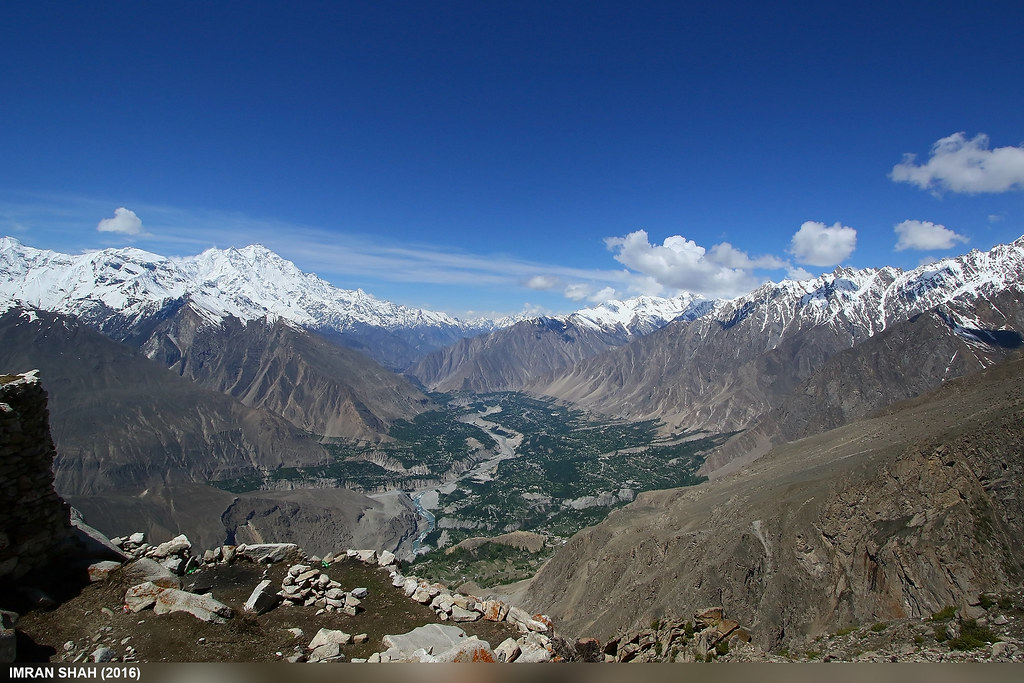Gilgit-Baltistan, also known as Northern Areas of Pakistan, has a rich and complex history that spans several centuries. This is where our clients enjoy most of their time in Paksitan due to the high concentration of peaks, glaciers, rivers and world class trekking. Having been here so many times, I’ve become fascinated by the history of the place and especially the modern history which is much more up to date. Here is a brief timeline of some of the major events in the region’s history from 1800 up to today:
- 1800s: The region of Gilgit-Baltistan is controlled by local chieftains and tribal leaders.
- 1846: The British East India Company establishes control over the region.
- 1935: Gilgit-Baltistan is leased to the British government by the Maharaja of Jammu and Kashmir.
- 1947: After the partition of British India, the region becomes part of Pakistan.
- 1948: A local rebellion against Pakistani rule is suppressed by the Pakistan army.
- 1949: Pakistan signs a ceasefire agreement with India, which effectively cedes control of the region to Pakistan.
- 1970s: The region becomes a hotbed of political and ethnic tensions, with demands for greater autonomy and self-rule.
- 1974: The Government of Pakistan establishes the Northern Areas Council, which serves as an administrative body for the region.
- 2009: The Pakistan government announces plans to grant greater autonomy to Gilgit-Baltistan, including the possibility of making it a province.
- 2018: The government of Pakistan passes the Gilgit-Baltistan Order 2018, which grants more autonomy and representation to the region, and also allows the people of GB to elect their own Chief Minister and Governor
- 2020: The government of Pakistan announces more constitutional rights for Gilgit-Baltistan and also announced to include Gilgit-Baltistan in the CPEC project.
- 2021: The region continues to be a contentious issue between Pakistan and India and the political landscape remains complex with various separatist movements and political parties demanding more autonomy and rights.
In conclusion, the history of Gilgit-Baltistan is a complex one, marked by political and ethnic tensions and struggles for autonomy and self-rule. The region has been controlled by various powers and has undergone significant changes in recent years, with the government of Pakistan granting greater autonomy and representation to the region. However, the region still continues to be a contentious issue between Pakistan and India and the political landscape remains complex.














